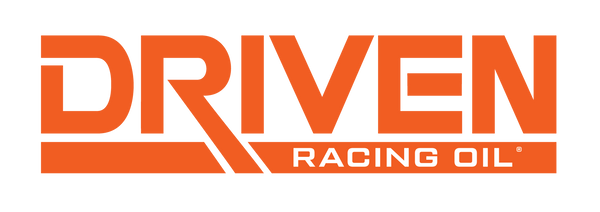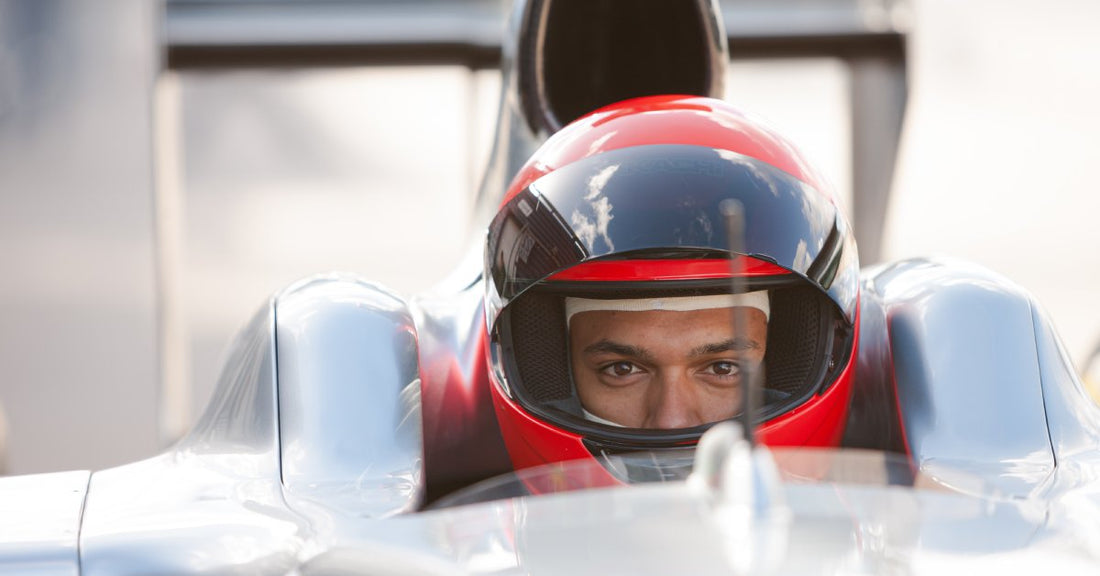The thrill of speed, the roar of engines, and the pursuit of victory make race car driving one of the most electrifying sports in the world. For many, the idea of sitting behind the wheel of a race car feels like an unattainable dream. However, becoming a race car driver is a goal that is well within reach with the right preparation, training, and determination.
This complete guide to getting started as a race car driver will walk you through everything you need to know. From understanding the prerequisites to building experience and advancing your career, you can take your first steps into the world of professional racing.
The Prerequisites for Racing Success
Becoming a race car driver isn’t just about sitting in the driver’s seat and hitting the gas. It requires a solid foundation in both physical and mental preparation. Staying physically fit is essential, as racers face immense physical strain from high speeds, G-forces, and prolonged focus during races. A strong core, exceptional endurance, and fine-tuned reflexes are critical qualities that every racer must develop through consistent training.
Equally important is mental preparation. Racing requires split-second decision-making, unwavering focus, and the ability to remain calm under pressure. Drivers must prepare their minds to handle the intensity of competitive racing, and techniques such as visualization, meditation, and performance coaching can play a key role.
Age is another factor to consider; while most drivers start young, age is less of a limiting factor than determination and skill. Many racing programs cater to drivers at various levels and ages, so it’s never too early or too late to start.
The Gear You’ll Need
Safety and performance go hand in hand in the world of race car driving. Investing in quality racing gear is non-negotiable for anyone aspiring to enter this sport. At the top of the list is a high-quality helmet designed to protect your head during high-speed collisions. Racing helmets can withstand intense impacts and meet strict safety regulations.
A proper racing suit is your next investment and serves as vital protection during potential crashes. Made with fire-resistant materials, these suits minimize injuries. Additionally, racing gloves and shoes improve grip and control, making it easier to handle the car in high-performance situations. Professional races often require drivers to use gear such as head and neck restraints and communication devices for added safety.
Programs for Training
While passion is a great start, professional training is what translates enthusiasm into skill. Racing schools are the gateway for anyone serious about entering motorsports. These programs provide hands-on instruction, allowing you to practice on actual tracks under the supervision of experienced instructors. You’ll learn everything from basic track navigation to advanced techniques like cornering, braking, and overtaking.
Options range from day-long introductory programs to intensive multi-day courses that include certifications recognized in the industry. These certifications are particularly valuable for aspiring racers who aim to compete in professional events. Additionally, some racing schools offer simulation training, which acts as a low-risk, high-reward way to hone your skills before you get behind the wheel of a race car.

Different Types of Racing
Motorsports is a diverse field, offering many pathways for aspiring drivers depending on their interests and ambitions. Formula racing, characterized by open-wheel vehicles like those used in Formula 1, is perhaps the most prestigious. It demands exceptional skill, as speed and precision are paramount.
Sports car racing, on the other hand, offers a more approachable entry point. This form of racing often features iconic vehicles from brands like Porsche and Ferrari. Events range from short sprints to endurance races lasting several hours or even days.
Stock car racing, made famous by NASCAR, emphasizes powerful machines and tight competition on oval tracks. No matter which type of racing appeals to you, each has its own unique challenges and rewards.
Experience on the Local Circuit
No professional race car driver’s career begins at the top. Gaining experience at the grassroots level is an essential step in your development.
Karting is often the first stop for aspiring drivers, as it provides an excellent foundation in racing dynamics and sharpens essential skills like braking and cornering. Many professional racers, including some Formula 1 champions, started their careers in karting before transitioning to larger and faster vehicles.
Beyond karting, local races and amateur events offer an opportunity to put your skills to the test. These events allow you to build confidence, gain experience, and network with others in the racing community. Success at this level will open doors to more competitive racing series, giving you the chance to climb the ladder.
The Key to Securing Sponsorships
Racing is an exhilarating sport, but it’s no secret that it can be expensive. This is where sponsorships come into play, offering financial support that can help cover training, gear, and travel expenses. To attract sponsors, it’s essential to build your brand as a driver. This involves performing well on the track, cultivating a professional image, and engaging with fans and followers.
Effective sponsorship proposals should outline how your racing career can benefit potential sponsors, whether through visibility, marketing opportunities, or partnership growth. Leveraging social media to promote your achievements and create engaging content for your audience can make you a more attractive candidate for sponsorship deals. Many racing events also offer sponsorship workshops, which can provide valuable insights into this aspect of the industry.

Climbing the Racing Ladder
Once you’ve gained experience and established connections within the racing world, the next step is advancing your career. Progression in motorsports often involves moving through a different racing categories or series. Each step forward brings new challenges, and success at each level reflects your driving skill and your ability to work with a team and adapt to more sophisticated vehicles.
Networking can be a critical factor in advancing your career. Building relationships with team managers, sponsors, and even competitors can open doors to opportunities you might not discover otherwise. Staying committed to continuous improvement, whether through advanced training programs or mentorship, will ensure you remain a competitive and adaptable driver as you climb the racing ranks.
Starting Your Racing Journey
Getting started as a race car driver is a challenging yet deeply rewarding endeavor. With the right preparation, gear, training, and persistence, nothing stands between you and the thrill of the track. Start small, focus on skill-building, and seize every opportunity to grow. Whether you dream of Formula 1 glory or simply want to master the art of motorsports, this step-by-step guide has everything you need to start your adventure.
To keep your car in peak condition throughout your racing journey, rely on Driven Racing Oil’s synthetic racing oil. Our high-quality oil keeps your engine lubricated so you can reach the finish line first. Browse our options today to find the perfect oil for your vehicle.


1 comment
I have always had a serious interest in racing. I do have track experience. Nascar officials’ watch me race at Talladega short track a few years ago and ask me if i would be intrested in a driving career and at the time i could not except. but their is no limitations now.